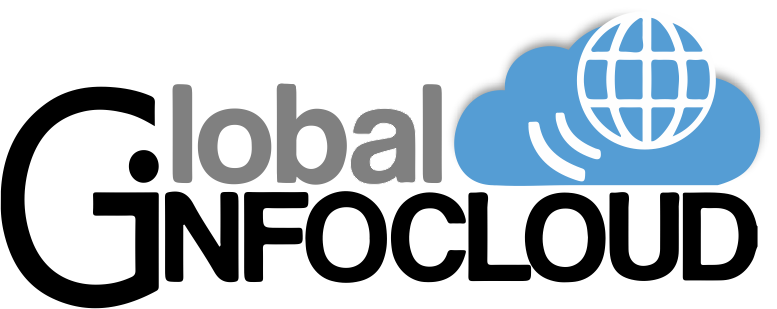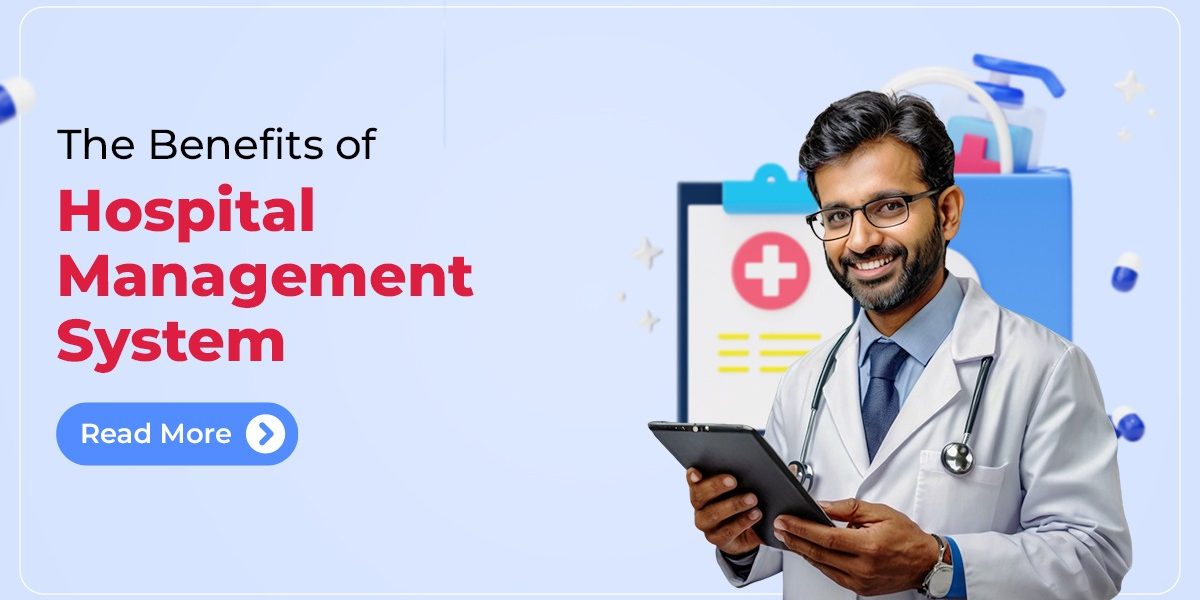Effective asset management is critical for companies to optimize resources, reduce costs, and drive overall success in today’s fast-paced and data-driven business landscape. Global Infocloud Pvt. Ltd., based in Pune, is a leading provider of asset management solutions that has established itself as an industry trailblazer, offering proven strategies that enable businesses to excel in asset management. In this blog, we will look at GIC’s asset management best practices and how they can lead to increased efficiency, better decision-making, and long-term success.
Establish a Comprehensive Asset inventory.
The first step in effective asset management is to compile an inventory of all assets throughout the organization. This inventory should include tangible assets like machinery and equipment and intangible assets like software licenses, intellectual property, and digital assets. To ensure accurate and up-to-date records of all assets, GIC emphasizes the importance of leveraging advanced technologies such as barcode scanning, RFID tagging, or asset tracking software.
Implement a Centralized Asset Tracking system.
A centralized asset tracking system is the foundation of effective asset management. Our asset management solution provides organizations with a solid platform for tracking and monitoring their assets throughout their lifecycle. This system gives you real-time access to asset locations, maintenance schedules, usage patterns, and depreciation values. Organizations can streamline workflows, reduce manual errors, and make informed decisions based on accurate data by centralizing asset information.
Leverage Predictive maintenance.
Proactive maintenance can improve asset reliability and reduce costly downtime. The asset management strategies of GIC advocate for predictive maintenance techniques. Organizations can monitor asset health and identify potential issues before they escalate by utilizing sensors, IoT devices, and machine learning algorithms. Predictive maintenance enables businesses to strategically schedule maintenance activities, minimize disruptions, and optimize asset performance.
Enable Data-Driven decision-making.
Global Infocloud understands the importance of data in asset management decisions. Organizations gain valuable insights into asset performance, utilization, and cost-effectiveness by collecting and analyzing asset-related data. They can identify trends, detect inefficiencies, and make data-driven decisions by leveraging advanced analytics and reporting tools. They can use these insights to optimize asset utilization, identify cost-saving opportunities, and align asset strategies with business goals.
Embrace Cloud-Based solutions.
Scalability, accessibility, and security are just a few advantages of cloud-based asset management solutions. The asset management platform from GIC is built on cloud infrastructure, allowing companies to access asset information at any time and from any location. Cloud-based solutions facilitate stakeholder collaboration, streamline communication, and serve as a centralized repository for asset-related documentation. Furthermore, data security measures such as encryption and regular backups are integral to Global Infocloud’s offering.
Implement Lifecycle planning.
Successful asset management requires taking into account the entire asset lifecycle, from acquisition to disposal. We know the importance of implementing effective lifecycle planning. This entails assessing asset performance, estimating the remaining useful life, and planning replacement or upgrades. Organizations can optimize their asset portfolio, mitigate risks, and make informed investment decisions by understanding the asset lifecycle.
Integrate Asset Management with Enterprise systems.
Asset management integration with other enterprise systems, such as enterprise resource planning (ERP) or customer relationship management (CRM) platforms, improves operational efficiency and decision-making. Our system encourages organizations to integrate their asset management systems with existing systems in order to ensure a continuous flow of data and a comprehensive view of assets across the organization. This integration breaks down data silos, reduces duplication, and allows for more accurate financial reporting.
Conclusion
Asset management best practices from GIC provide organizations with a road map to success in today’s volatile business environment. Organizations can unlock operational efficiencies, optimize resource utilization, and drive long-term success by implementing a comprehensive asset inventory, a centralized tracking system, predictive maintenance techniques, and data-driven decision-making processes. The asset management framework is strengthened further by embracing cloud-based solutions, implementing lifecycle planning, and integrating asset management with enterprise systems. Organizations can embark on a journey towards increased productivity, increased profitability, and a competitive advantage in the market by utilizing Global Infocloud’s proven strategies.




